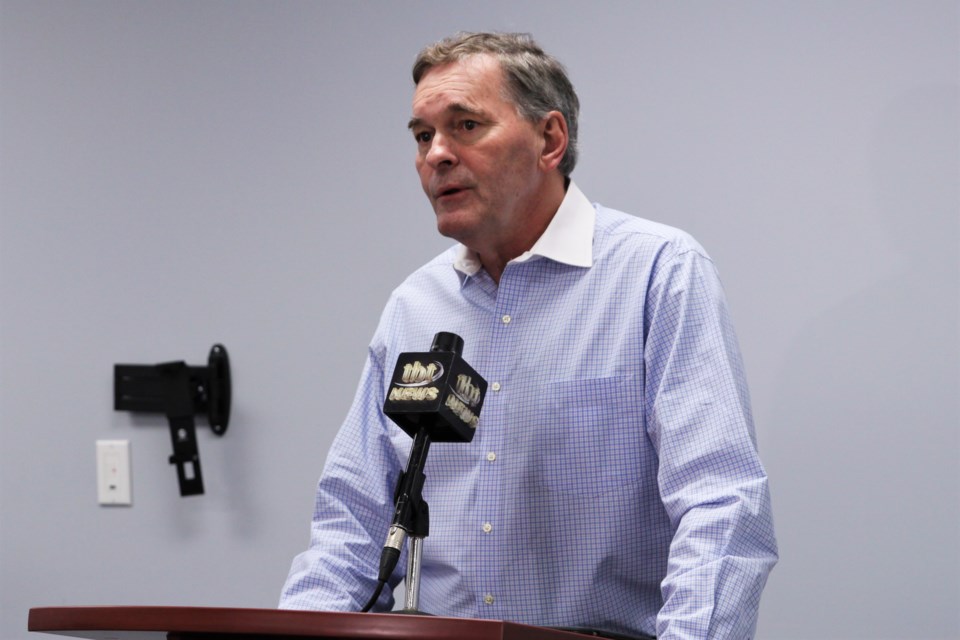THUNDER BAY – While two patients remain in hospital in serious condition with COVID-19, the Thunder Bay Regional Health Sciences Centre has not yet seen a surge of cases, and the number of those hospitalized with presumed cases has ticked downward in recent days.
The hospital opened a new unit Monday to treat those with confirmed or highly suspected cases, with a capacity of up to 36 patients. Dr. Stewart Kennedy, who heads the hospital’s COVID-19 response, had indicated at the time he expected the hospital would soon need to expand the unit as the number of local cases grew.
As of Friday morning, only eight patients were admitted to the unit – a number that gave Kennedy some cause for optimism. That leaves the hospital with “lots of capacity” at the moment, including over 20 ventilators not currently in use.
Still, Kennedy said the institution is continuing to prepare for worst-case scenarios.
“I’m still optimistic Thunder Bay’s doing a great job, but we’re certainly well-prepared to expand to another unit,” he said. “We also have a team looking at field hospitals if necessary, if we get an influx of [patients] coming in. We’re still preparing, but I’m confident we’re going in the right direction.”
While the number of confirmed cases being treated in hospital has risen since Monday, from two to three, the number of presumed cases has dropped from 28 to 19.
Two of the three patients with confirmed cases are in serious but stable condition, Kennedy said, and are being treated in the intensive care unit (ICU). One of the patients had been in the ICU for weeks, while the other had been transferred days ago.
Kennedy said as Thunder Bay approaches what he hopes will be the peak of its COVID-19 curve, the hospital is beginning to work on plans to safely resume other medical procedures that have been slowed or cancelled, such as cancer surgeries and angiograms.
“I worry about the ill who are at home and suffering, and not wanting or able to come to the hospital,” he said. “I think we need to start ramping up our CT scanners, our MRIs, our investigations. We’re going to have a strategy to preserve the safety of patients and staff, but also take care of the medical needs in the northwest.”
